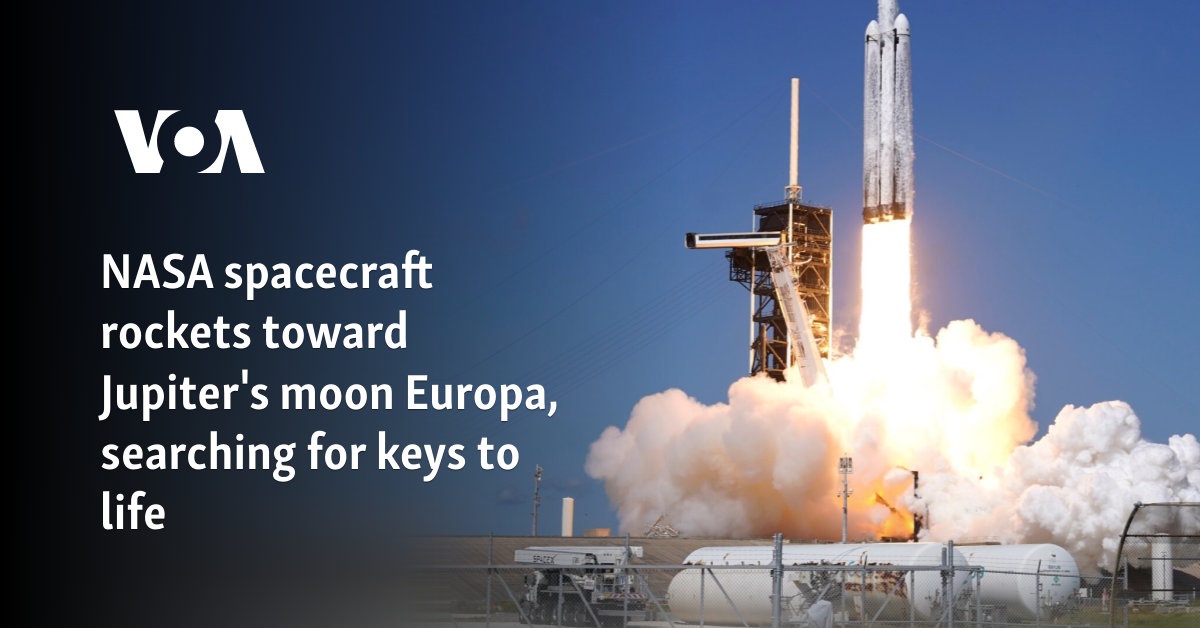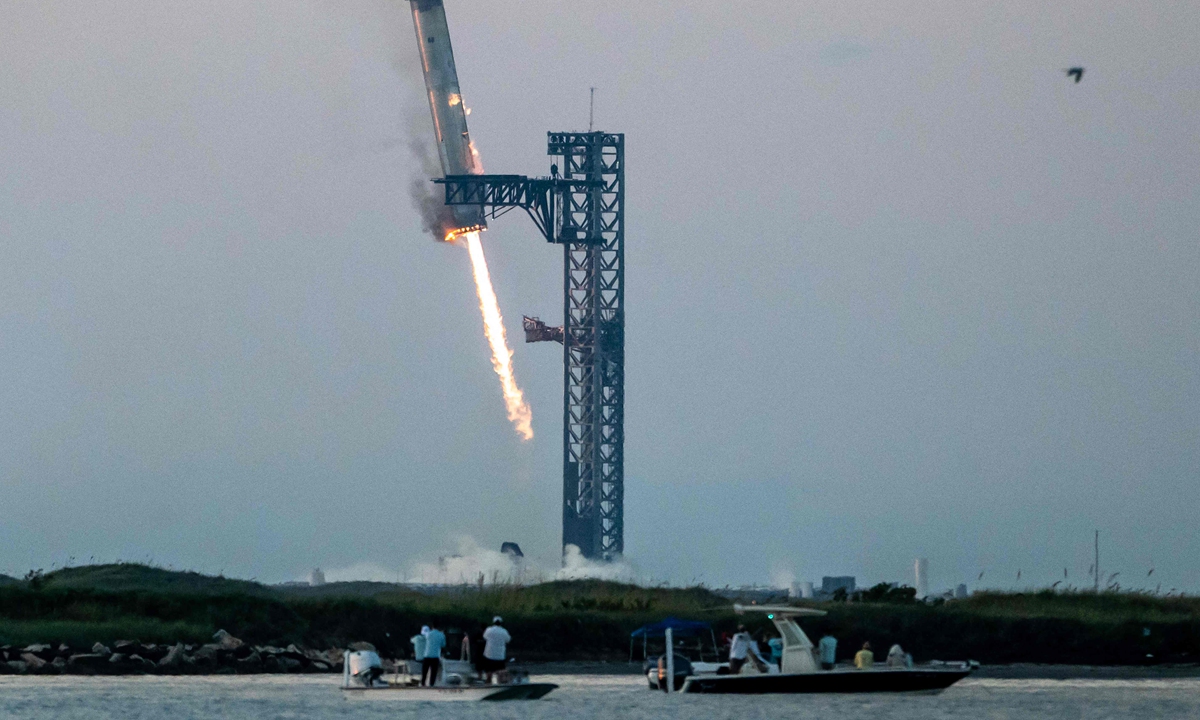NASA’s Europa Clipper Launches: A Journey to Uncover Life’s Secrets on Jupiter’s Moon
CAPE CANAVERAL, Florida — NASA’s Europa Clipper spacecraft launched successfully on Monday, embarking on a groundbreaking mission to explore Jupiter’s icy moon Europa. The spacecraft aims to investigate the vast hidden ocean beneath Europa’s surface, a location that could potentially harbor the building blocks for extraterrestrial life.
With its journey spanning approximately 5 ½ years and covering a staggering 3 billion kilometers (1.8 million miles), Europa Clipper is set to delve into some of the most captivating questions in astrobiology. While it will not directly seek life, the spacecraft will analyze the moon’s chemical environment, potentially paving the way for future discoveries about life beyond Earth.
Mission Overview: What Europa Clipper Will Do
Europa Clipper carries a multi-faceted scientific mission. Instead of searching for life itself, it will focus on identifying essential ingredients conducive to life, including organic compounds. The spacecraft’s design allows it to conduct multiple flybys, skimming as low as 25 kilometers (16 miles) above Europa’s surface, which is more daring than the approach of any previous missions.
“Europa is one of the best places to understand if conditions for life exist beyond our planet,” said NASA’s Gina DiBraccio before the launch. With a deep global ocean believed to lie beneath Europa’s icy crust, the potential for finding the right conditions for life makes this moon one of the most exciting targets in our solar system.
The Launch: Overcoming Challenges
The launch was executed by SpaceX using a Falcon Heavy rocket from Kennedy Space Center in Florida. An hour post-launch, Clipper successfully separated from its upper stage and established communication with ground control, much to the excitement of NASA officials.
"This is a great day. We’re so excited," said Laurie Leshin, Jet Propulsion Laboratory (JPL) Director, highlighting the anticipation surrounding the mission. The launch faced several hurdles, including complications with its sensitive transistors being exposed to Jupiter’s intense radiation field and delays caused by Hurricane Milton.
Europa Clipper’s Journey to Jupiter
After its takeoff, Europa Clipper will utilize gravity assists from Mars and Earth to gain speed on its way to Jupiter, arriving in 2030. This $5.2 billion mission will see the spacecraft orbit Jupiter every 21 days, including numerous passes over Europa—the sixth-largest moon in our solar system.
With nine scientific instruments onboard, Clipper will utilize advanced radar technology designed to penetrate Europa’s thick ice shell, estimated to be between 15 kilometers to 24 kilometers (10 miles to 15 miles) deep. Below lies a possible ocean that could exceed 120 kilometers (80 miles) in depth.
The Significance of Europa Exploration
The exploration of Europa holds immense implications for our understanding of life in the universe. If conditions suitable for life are identified on Europa, it raises the possibility that similar ocean worlds elsewhere—such as Saturn’s moon Enceladus—might also harbor life.
"The science on this is really captivating," noted NASA Associate Administrator Jim Free. "Scientists are still learning about the depths of our own ocean, and here we are looking that far out."
Future Implications for Technology and Space Exploration
The technological advancements necessary for this mission, including strategies to protect sensitive components from radiation, contribute to the broader field of space exploration. As space agencies continue to push the boundaries of our knowledge, initiatives like Europa Clipper lay the groundwork for future interplanetary missions.
As we look ahead to 2034, when the data from Europa will be fully analyzed, the revelations could reshape our understanding of habitability in the cosmos. The findings may also inform how technologies used on this mission can be adapted for other planetary explorations.
This monumental launch marks just the beginning of an extraordinary quest to uncover the secrets held by one of the solar system’s most intriguing bodies. If you’re as excited as we are to follow the progress of the Europa Clipper, we encourage you to share your thoughts below or explore related articles on Shorty-News for more in-depth coverage of this groundbreaking mission and the advancements it generates in technology and beyond.
For further reading, check out articles on TechCrunch, The Verge, or Wired, which provide expert commentary and updates on this exciting mission and its implications for understanding potential life beyond Earth.


